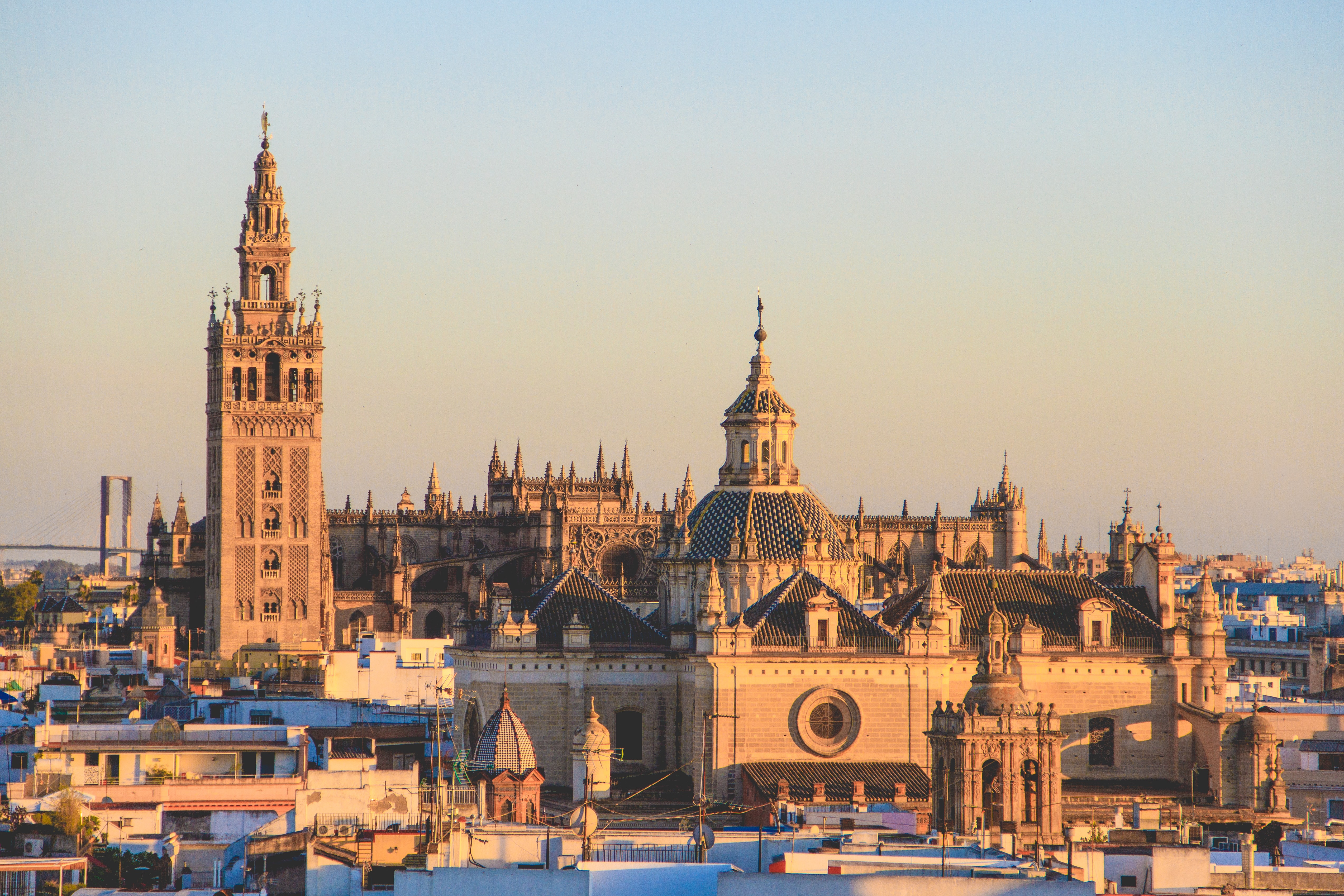Castile and Aragon of The Imperial Spain
The land of castles in the communities of Spain and The coextensive medieval Kingdom of spain.
Author:Iram MartinsReviewer:Tobey StricklandFeb 26, 202125.4K Shares747.5K Views

Introduction
Originally, modern Spain was made up of a number of independent kingdoms, and it was not united until Queen Isabella and King Ferdinand ascended to their thrones in 1479. Their marriage united the royal houses of the Kingdom of Castile and the Kingdom of Aragon in 1469. She had to fight a civil war to secure her throne, even after Isabella was crowned Queen of Castile in 1474. In 1479, the entire kingdom eventually fell under her influence. Ferdinand's father, King John II of Aragon, died the same year, in 1479, and the couple became joint sovereigns of Aragon and Castile. Imperial Spain was born from this "Union of the Crowns." Although each kingdom preserved its own social, political, and economic realities according to its own unique history, this union was considered to be a union of equals. Although the star of Castile was only beginning to grow under its ambitious young queen, Aragon was an empire in decay. Isabella was a devout Christian and her fanatical movement to expel the Moors and Jews from Iberia and spread Christianity to the rest of the world was inspired by this religious conviction. On the other hand, Ferdinand concentrated on the Italian possessions of Aragon and a series of royal marriages to the other royal houses of Europe. These two kingdoms will share the same foreign policy by Isabella and Ferdinand and become allies instead of rivals.
Castile
Castile was the most landlocked and insulated from foreign influence, unlike the other Iberian kingdoms. As a result, the legacy of the preceding centuries was kept more alive by Castilian society than by its neighbours in Aragon or Portugal. A Castilian militancy that firmly believed that expansion meant conquest included this inheritance. Over the 700-year Reconquista fight with the Moors, this idea evolved.
There were a few great families at the top of the Castilian social hierarchy, the Grandes, who had gained control over the majority of the land taken from the Moors. Combined with the magnates of the lesser aristocracy, these great families comprised 3% of the population who owned 48% of the land in Castile, leaving the remaining land split between the Crown and the Church. This pattern of distribution of land created an immensely rich class of Castilian aristocracy who exercised a great deal of political power, so much so that the Castilian kings became pawns in their hands during the opening years of the fifteenth century. Politically, until the victory of Queen Isabella in the 1474-1479 civil war, the kingdom was in turmoil.
She and Ferdinand started curbing the power of the aristocracy by centralizing their government and expanding their judicial system once Isabella had firmly pacified the country. These actions put the Crown in a position to tap into the invigorated economic growth of Castile, created by its growing trade in wool. Under the leadership of Isabella and Ferdinand, Castile could now dedicate more of its resources to overseas expansion.
Aragon
In the absence of a king who could not personally rule such a diverse empire, Aragon was a federation of highly autonomous provinces, each ruled by a Cortes. The aristocracy of the Crown of Aragon, the great magnates of Aragon, could not compare its territorial wealth to its Castilian equivalent. The true masters of the land were the bourgeoisies who dominated the economic life of the kingdom. Aragon was mainly a commercial empire, unlike Castile, whose wealth was focused on the success of its active port cities. Cities such as Barcelona have played a key role in the Mediterranean economy by creating the 'Libre del Consolat de Mar', the famous Mediterranean maritime code.
Aragon had a wealthy and energetic urban patrician who believed in a contractual relationship between the king and his subjects with large overseas commercial interests. This party was so powerful that their Cortes had acquired legislative powers as early as 1283, where laws could only be made or repealed by the king and the Cortes' shared consent. Until the civil war of 1462-1472, this device functioned effectively. This was the first indication of the struggle between the king and the patricians of the city. A variety of significant social and economic issues precipitated it. Most of these is the inability of Aragon to meet the merchant challenge of the Italians over the shipping trade in southern Europe. The kingdom, combined with the marauding French armies on its northern border, was an empire both internally and externally in decline. Castile took advantage of this weakness and dominated the union of kingdoms, but once the Spanish Empire began to expand, Aragon would bring its wealth of administrative experience and its skills in diplomacy and government techniques that would prove invaluable.
Isabella & Ferdinand: Consolidating Their Power
In theory, if not, in reality, Isabella and Ferdinand decided that the "Union of Crowns" would be one of the same. Castile was the bigger and stronger of the two nations and would dominate both countries' foreign policy, but with his queen, Ferdinand was very much a full partner. The political, social, and economic institutions of each of the kingdoms remained independent from each other, opting for a loose confederation between the two. In order to favour a strong centralized government aided by a single judicial system firmly under the control of the Crown, the monarchy was reformed.
This sufficiently stabilized the authority of the monarchy that it could concentrate on completing the Reconquista. Thanks to his military and diplomatic prowess, Ferdinand led Aragon and Castile's united forces to triumph. He and Isabella walked in victory together through the gates of Granada, Iberia's last Muslim stronghold in 1492. This was a very significant demonstration of Isabella's very strict Catholic faith and inspired the beginning of the Spanish Inquisition. The findings included the expulsion from the peninsula of Muslims and the expulsion of Jews from their kingdoms in order to create a homogeneous Christian population. That same year, 1492, Isabella sponsored an expedition to America by Christopher Columbus that marked the beginning of a new era for Imperial Spain.

Iram Martins
Author

Tobey Strickland
Reviewer
Latest Articles
Popular Articles